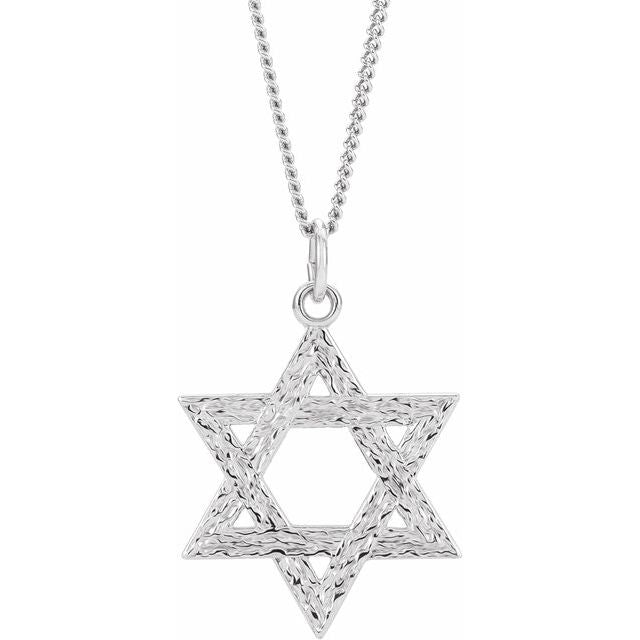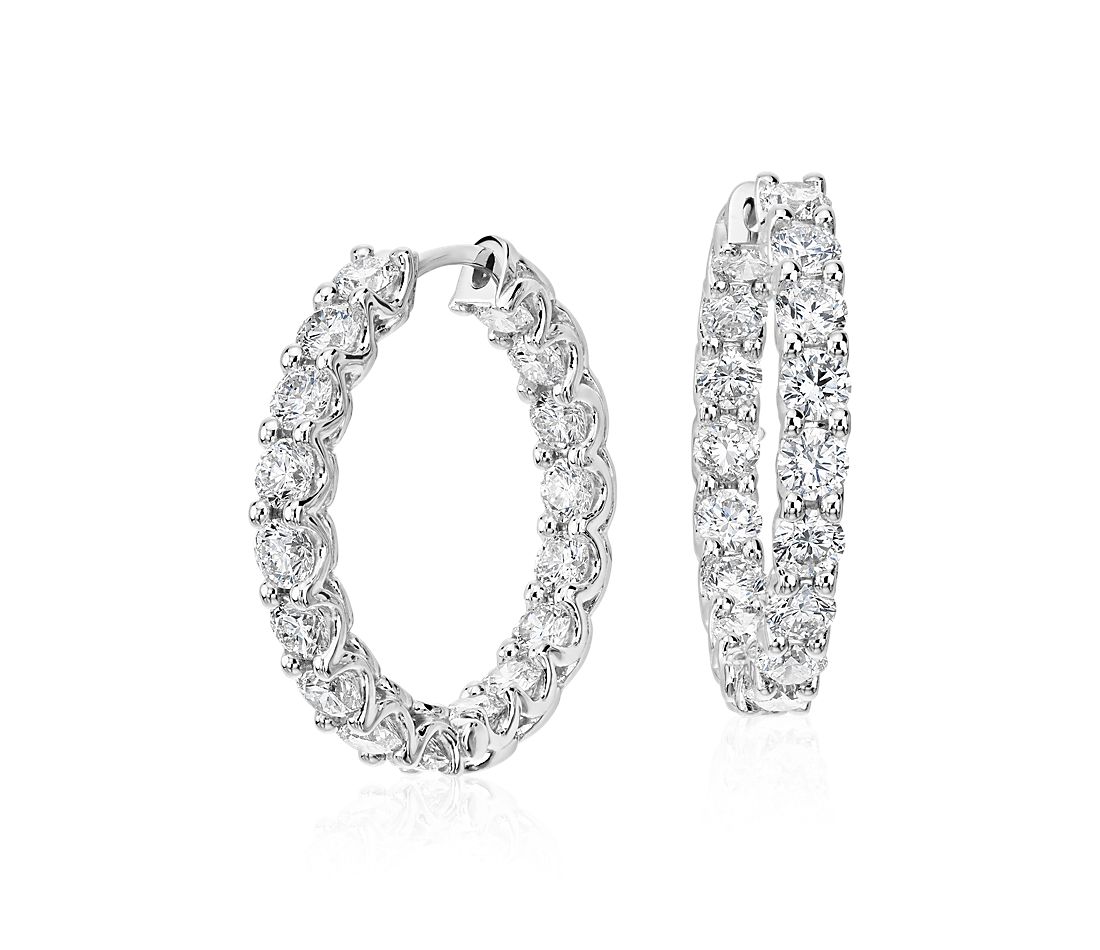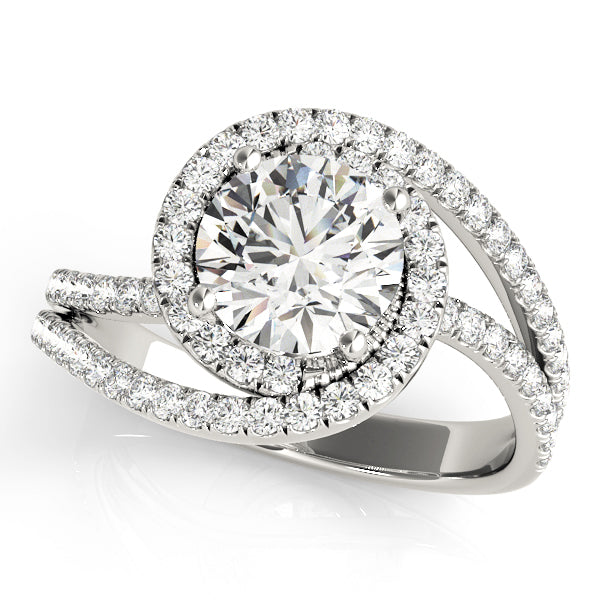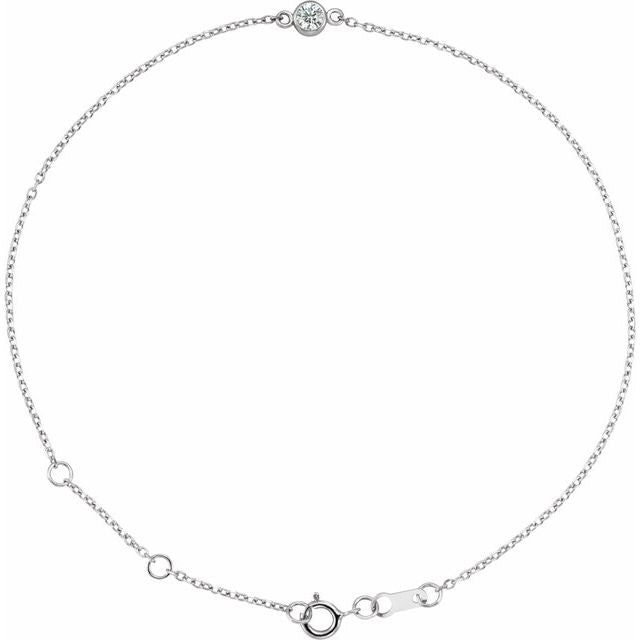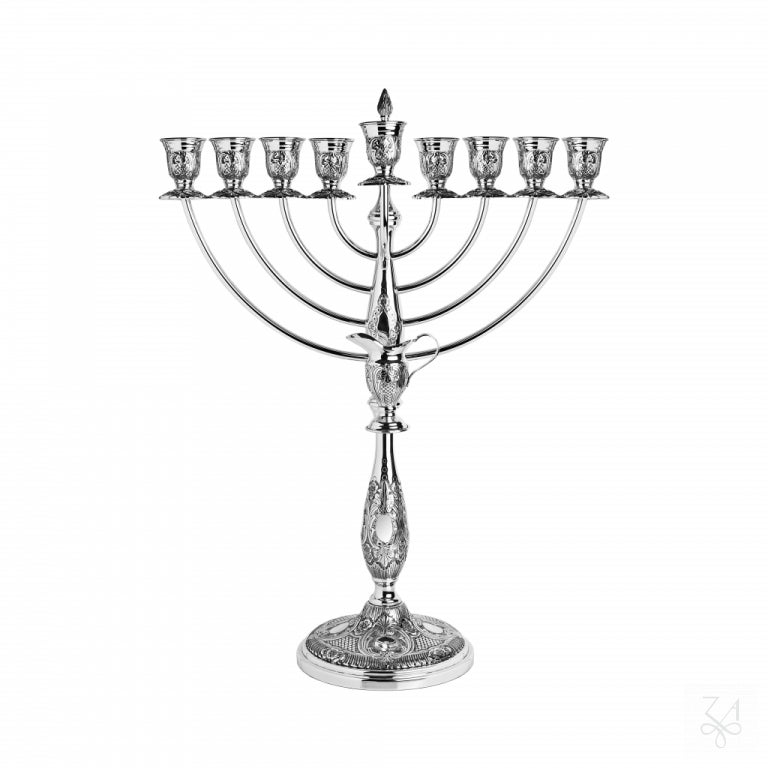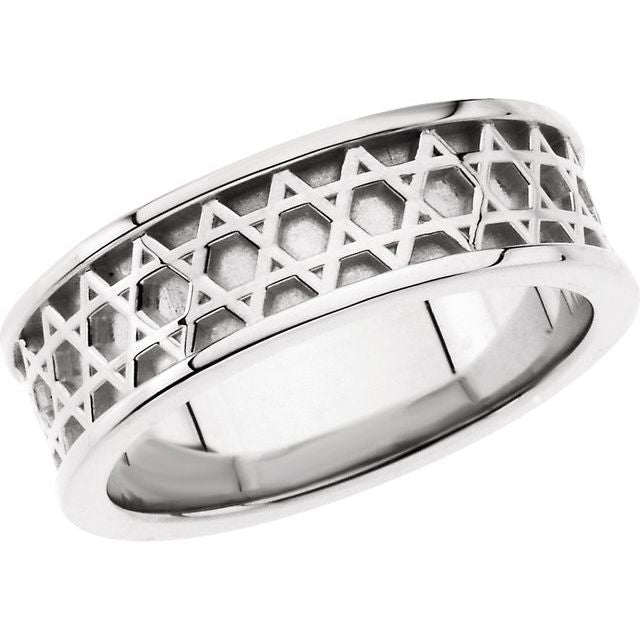Introduction
In the ever-evolving world of fashion, certain elements stand the test of time. Among these timeless treasures, silver jewelry holds a special place—a perfect blend of sophistication, versatility, and accessibility. While gold and platinum often steal the spotlight in luxury conversations, silver jewelry has quietly maintained its status as the secret weapon of the style-conscious. According to recent market research, the global silver jewelry market was valued at $21.1 billion in 2022 and is projected to reach $32.9 billion by 2028, growing at a CAGR of 7.7% during the forecast period.
This resurgence isn't merely coincidental. In today's fashion landscape, where authenticity and sustainability increasingly drive consumer choices, silver jewelry offers the perfect balance of elegance without ostentation, luxury without excess. Whether adorning the neck of a corporate executive, the wrists of a creative professional, or the fingers of a young graduate, silver jewelry adapts to every personality, outfit, and occasion with chameleon-like versatility.
Join us as we explore how this precious metal has become the ultimate expression of effortless elegance, transcending trends and generations to remain a steadfast companion in our style journey.
The Rich History of Silver Jewelry
Ancient Beginnings
Silver's relationship with humanity stretches back over 5,000 years. Archaeological evidence suggests that the Sumerians and ancient Egyptians were among the first civilizations to mine and craft silver into ornamental pieces. By 3000 BCE, silver mining and jewelry-making had become sophisticated crafts in regions spanning from the Mediterranean to Asia.
In ancient Greece, silver was associated with the moon goddess Artemis, while Romans connected it to their lunar deity, Diana. These civilizations prized silver not only for its lustrous beauty but also for its perceived protective qualities. Archaeological findings reveal intricate silver amulets, rings, and bracelets designed to ward off evil and bring good fortune.
Cultural Significance Across Civilizations
As trade routes expanded, silver jewelry became a symbol of status and artistry across diverse cultures:
-
In Mesoamerica, the Mayans and Aztecs developed advanced metallurgical techniques to create silver ornaments that represented spiritual beliefs and social standing.
-
Throughout Asia, particularly in China and India, silver jewelry evolved into highly symbolic art forms, often incorporating regional motifs and serving as essential components of cultural identity and traditional dress.
-
In the Middle East, silver became the preferred metal for everyday adornment, with techniques like filigree and granulation reaching extraordinary levels of refinement.
Silver in the Modern Era
The discovery of major silver deposits in the Americas during the colonial period transformed the global availability of silver, democratizing access to silver jewelry beyond the elite classes. The Victorian era saw a revival of interest in intricate silver designs, particularly with the rise of the Arts and Crafts movement in the late 19th century, which emphasized handcrafted quality over mass production.
Today, the silver jewelry market reflects both deep historical traditions and contemporary design sensibilities. A 2021 survey by the Silver Institute found that 57% of consumers appreciate silver jewelry for its connection to cultural heritage, while 62% value its modern adaptability.
The Science Behind Silver's Allure
Chemical Properties
Silver's distinctive luster and working properties stem from its unique atomic structure. As element 47 on the periodic table, silver (Ag) is a transition metal with a complete d-orbital, giving it exceptional reflective properties—in fact, pure silver reflects approximately 95% of the visible light spectrum, more than any other metal. This extraordinary reflectivity creates silver's characteristic "cool" shine that complements all skin tones.
Unlike gold, which is typically alloyed primarily to adjust color, silver is usually alloyed to improve durability. Pure silver (999 fine silver) is extremely soft and malleable, making it impractical for everyday jewelry. Sterling silver (925 silver), containing 92.5% silver and 7.5% other metals (usually copper), offers the ideal balance between purity and strength.
Why Silver Complements Human Complexion
Dermatologists and color theorists have long noted silver's universal flattery across skin tones. Unlike yellow gold, which can clash with certain undertones, silver's neutral cool hue creates a subtle contrast that enhances rather than competes with natural coloring. A study published in the Journal of Fashion Technology & Textile Engineering found that silver jewelry was rated as "highly complementary" by 84% of participants across all skin tone categories.
Additionally, modern research supports what ancient cultures intuitively understood: silver has natural antimicrobial properties. This makes silver jewelry not just aesthetically pleasing but potentially beneficial for sensitive skin when compared to other metal options.
The Versatility Factor: Why Silver Dominates Everyday Fashion
Daytime to Evening Transition
One of silver's most remarkable qualities is its chameleon-like ability to transition seamlessly from casual to formal settings. This versatility stems from silver's inherent visual balance—it's eye-catching without being ostentatious, elegant without being exclusive.
A minimalist silver bangle or simple stud earrings can complete a workday outfit without overwhelming it. The same pieces, perhaps paired with additional silver accessories, transition effortlessly to evening events. According to fashion psychologist Dr. Carolyn Mair, "Silver jewelry sends a subtle message of refined taste. It signals attention to detail without appearing to try too hard—the very essence of effortless elegance."
Layering Potential
Modern styling increasingly embraces the layered jewelry look, and silver excels in this arena. The metal's reflective properties mean that even when multiple pieces are worn together, they create a cohesive visual effect rather than appearing cluttered. Whether it's stacked rings, layered necklaces, or multiple earrings, silver pieces complement rather than compete with each other.
Professional stylists frequently recommend silver as the ideal "starter metal" for creating layered looks. A survey of fashion influencers found that 72% recommend silver jewelry for beginners exploring accessory layering, citing its visual coherence and affordability as key factors.
Gender-Fluid Appeal
As fashion continues to move beyond traditional gender boundaries, silver jewelry has emerged as a leader in gender-fluid accessorizing. Historically, silver has never been strongly gender-coded in the way that, for example, gold has sometimes been marketed more heavily toward women in Western markets.
From sleek men's sterling silver bracelets to unisex pendant necklaces, silver offers designs that appeal across the gender spectrum. Market research indicates that silver jewelry brands embracing gender-neutral designs have seen a 43% increase in sales among younger consumers since 2019, reflecting changing attitudes and preferences.
The Investment Perspective: Value Beyond Aesthetics
Cost-Effectiveness vs. Precious Metal Alternatives
While silver is categorized as a precious metal alongside gold and platinum, its greater natural abundance makes it significantly more affordable. This accessibility doesn't diminish its status; rather, it creates a unique value proposition: luxury craftsmanship at attainable price points.
A quality sterling silver statement piece from a respected designer might range from $200-$500, while a comparable design in gold could easily exceed $2,000-$5,000. This price differential allows consumers to invest in design and craftsmanship rather than merely raw material value.
Financial analysts have noted that this cost-effectiveness has particularly resonated in post-recession economies. Following the 2008 financial crisis, silver jewelry sales showed remarkable resilience, growing by 5% annually when many luxury sectors contracted. Similar patterns emerged during the COVID-19 pandemic, with silver jewelry purchases remaining stable while other discretionary spending categories declined.
Longevity and Care Considerations
When properly maintained, quality silver jewelry can last for generations. Unlike fashion jewelry made with base metals, sterling silver doesn't deteriorate or cause skin reactions over time. The primary maintenance consideration—preventing tarnish—is easily addressed through regular wear (as natural skin oils help maintain the finish) and simple cleaning methods.
Jewelry industry experts estimate that with basic care, silver jewelry retains approximately 90% of its aesthetic appeal after 20+ years of regular use, compared to fashion jewelry's typical aesthetic lifespan of 1-3 years. This longevity transforms silver jewelry from a temporary accessory to a lasting wardrobe investment.
Sustainability and Ethical Considerations
Environmental Impact Comparison
As consumers increasingly prioritize environmental consciousness, silver jewelry offers several sustainability advantages. The mining and refining processes for silver generally require less energy and produce fewer emissions than those for gold or platinum. Additionally, approximately 80% of silver used in the jewelry industry today comes from recycled sources, significantly reducing the environmental footprint.
A lifecycle assessment study conducted by the International Silver Association found that silver jewelry production generates approximately 60% less carbon emissions per gram than gold jewelry production. For environmentally conscious consumers, this makes silver an appealing choice that aligns with sustainable values without sacrificing quality or aesthetics.
Artisanal and Fair Trade Options
The silver jewelry market has been at the forefront of the ethical jewelry movement. Artisanal silver production creates sustainable livelihoods in many developing regions, where traditional silversmithing techniques have been preserved across generations.
Organizations like the Alliance for Responsible Mining have developed standards specifically for small-scale silver producers, ensuring fair compensation and safe working conditions. Certification programs such as Fairtrade Silver and Fair Mined Silver now allow consumers to choose pieces that support ethical practices throughout the supply chain.
According to recent consumer research, 67% of millennial and Gen Z jewelry buyers express willingness to pay a premium for ethically sourced silver jewelry, with transparency about origin being a key decision factor.
Contemporary Trends in Silver Jewelry
Minimalist Designs
The clean aesthetic of minimalist silver jewelry continues to dominate contemporary fashion. Characterized by simple geometric forms, smooth surfaces, and understated elegance, this trend perfectly aligns with silver's natural properties. The metal's inherent luster means even the simplest designs catch light beautifully, creating visual interest without elaborate details.
Pinterest trend analysis shows that searches for "minimalist silver jewelry" increased by 132% between 2019 and 2022, reflecting the growing consumer preference for versatile, uncluttered accessories that pair easily with varying outfits and occasions.
Statement Pieces
Complementing the minimalist trend, oversized silver statement pieces have gained significant traction, particularly in the form of sculptural earrings, wide cuff bracelets, and bold pendant necklaces. These dramatic pieces leverage silver's lightweight properties—a statement earring in silver can be substantially larger than its gold counterpart while remaining comfortable to wear.
Fashion forecasting agency WGSN reports that silver statement jewelry is projected to continue strong growth through 2024, with particular emphasis on pieces that combine artistic expression with wearability.
Mixed Metals and Materials
Contemporary silver jewelry increasingly incorporates complementary materials—from other metals like gold and copper to non-metallic elements such as wood, leather, and gemstones. These combinations create textural and visual interest while maintaining silver as the primary element.
This trend reflects broader fashion movements toward personalization and uniqueness. By mixing materials, designers create distinctive pieces that stand apart from mass-produced options. Market research indicates that mixed-metal silver jewelry has seen a 49% sales increase over pure silver pieces since 2020, particularly among consumers aged 25-40.
Silver Jewelry in Popular Culture
Celebrity Endorsements and Red Carpet Appearances
Silver jewelry has gained significant visibility through celebrity endorsements and red carpet appearances. Unlike gold, which often signals traditional luxury, silver has been embraced by celebrities seeking to project a more contemporary, approachable elegance.
Notable silver jewelry moments include Emma Watson's ethical silver cuff bracelets during her UN speeches, Timothée Chalamet's layered silver chains at film premieres, and Zendaya's architectural silver earrings at award shows. These high-profile appearances have helped reposition silver from a secondary precious metal to a deliberate style choice that signifies modern sophistication.
Social Media Influence
The visual nature of platforms like Instagram and TikTok has significantly boosted silver jewelry's popularity. The metal's high reflectivity photographs exceptionally well, creating eye-catching content that drives engagement. Hashtags like #SilverJewelry and #SterlingStyle consistently generate millions of impressions monthly.
Social media has also democratized jewelry trends, allowing independent silver designers to reach global audiences without traditional retail gatekeepers. According to digital marketing analysts, direct-to-consumer silver jewelry brands with strong social media presences have experienced 215% growth since 2018, outpacing traditional retail channels.
Practical Guides for Silver Jewelry Enthusiasts
Building a Versatile Silver Collection
For those looking to build a versatile silver jewelry collection, jewelry stylists recommend starting with these foundational pieces:
-
Sterling silver stud earrings - The ultimate everyday essential that pairs with virtually any outfit
-
A simple silver chain necklace - Preferably 16-18 inches, which sits at a flattering length on most neck types
-
A quality silver bangle or cuff - Opt for substantial weight (at least 15-20 grams) for better durability and drape
-
Silver stackable rings - Begin with 2-3 styles that can be worn together or separately
-
A silver statement piece - Choose something that reflects your personal style, whether it's bold earrings, an architectural pendant, or an artistic brooch
From this foundation, expand based on your personal style and needs. Fashion consultants suggest allocating approximately 70% of your collection to timeless pieces and 30% to trend-driven designs.
Care and Maintenance Tips
To maintain silver jewelry's beauty for decades:
-
Store properly: Keep pieces in anti-tarnish bags or cloth when not worn regularly
-
Wear frequently: Natural skin oils help maintain silver's luster
-
Clean gently: Use a silver polishing cloth for regular maintenance
-
Deep clean cautiously: For heavily tarnished pieces, use specialized silver cleaners rather than abrasive materials
-
Remove during activities: Take off silver jewelry when swimming, using household chemicals, or applying personal care products containing sulfur compounds
-
Professional maintenance: Have valuable pieces professionally cleaned and checked annually for loose stones or weakened clasps
Professional jewelers recommend creating a simple maintenance schedule—weekly quick polishing with a specialized cloth, monthly inspection of clasps and settings, and seasonal deeper cleaning as needed.
Conclusion: Silver's Timeless Appeal in a Changing World
As fashion cycles accelerate and consumer values evolve, silver jewelry maintains its position as the quintessential expression of effortless elegance. Its unique combination of accessibility, sustainability, and versatility makes it particularly well-suited to contemporary lifestyles and values.
The statistics tell a compelling story: while trend-driven fashion jewelry segments show volatility, silver jewelry has maintained consistent growth over decades. According to industry reports, sterling silver jewelry purchases have the highest customer satisfaction ratings among all jewelry categories, with 85% of buyers reporting they remain pleased with their purchase years later.
Perhaps most tellingly, silver jewelry is increasingly becoming an heirloom category. A recent consumer survey found that 64% of respondents owned at least one piece of silver jewelry passed down from previous generations, and 78% intended to preserve their own silver pieces for future generations.
In a world where authenticity and thoughtful consumption increasingly define luxury, silver jewelry's unpretentious elegance feels perfectly aligned with contemporary values. It offers the rare combination of immediate gratification and lasting value—beautiful today, cherished tomorrow, and potentially treasured for generations to come. As we navigate an increasingly complex relationship with material possessions, silver jewelry represents that ideal balance: meaningful adornment that enhances our appearance while respecting our values.
Whether you're just beginning to explore the world of fine jewelry or looking to refresh your accessory collection with lasting pieces, silver offers the perfect entry point to effortless elegance—affordable enough to experiment with, beautiful enough to treasure, and versatile enough to wear every day.



